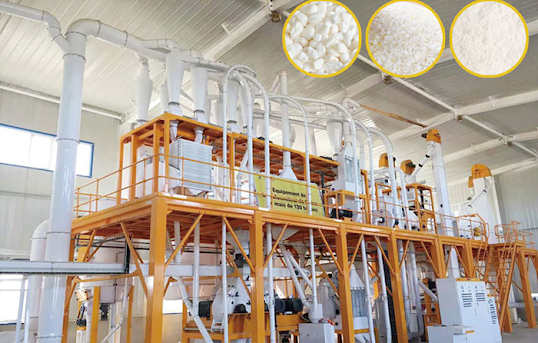5 opportunities to enhance with a flatbed cutter
The art of cutting doesn't need to be complicated, time robbing or expensive. With the current technology of flatbed cutters, you can achieve the next level of finishing with ease. In this article, we give you an insight into the benefits a flatbed cutter can bring to your business. 1. When size matters Jobs come in all sizes-small and large - and they all require proper finishing. However, both intricate small jobs and larger than life-sized jobs can take up a lot of time, effort and skills to finish manually. This is the point where a flatbed cutter can come in "handy", to not only save you precious time but money as well. With the current technology, you can obtain excellent accuracy using automated cutting systems. A flatbed cutter would be your best choice to make, especially when you want to cut a wide variety of substrates and applications. GUNNER 's range of flatbed cutter sizes can serve each and everyone, so how do you decide which size suits best
